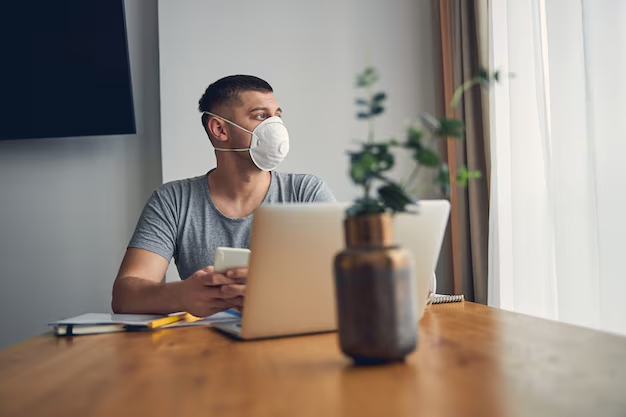When it comes to health and well-being, most people focus on diet, exercise, and outdoor pollution. However, one often overlooked factor is indoor air quality (IAQ)—the cleanliness of the air inside our homes, offices, and other indoor spaces. Poor IAQ can lead to health problems, allergies, and discomfort, making it essential to understand what affects indoor air and how to improve it using an indoor air purifier.
What is Indoor Air Quality (IAQ)?
Indoor Air Quality (IAQ) refers to the level of pollutants, humidity, and ventilation inside a building. The air we breathe indoors can be filled with contaminants such as:
• Dust and Allergens: Tiny airborne particles that can trigger allergies, asthma, and other respiratory conditions.
• Pet Dander: Microscopic skin flakes from pets that can cause allergic reactions in sensitive individuals.
• Mold Spores: These thrive in damp environments and can contribute to respiratory problems and indoor odors.
• Volatile Organic Compounds (VOCs): Emitted from household products like paints, cleaning agents, and furniture, VOCs can cause headaches, dizziness, and long-term health issues.
• Smoke and Cooking Fumes: Indoor smoke from tobacco, fireplaces, or cooking can release harmful particles and gases into the air.
• Bacteria and Viruses: Airborne microorganisms can increase the risk of infections and illnesses, particularly in poorly ventilated spaces.
Since most people spend 90% of their time indoors, maintaining good IAQ is crucial for overall health and comfort.
How Poor IAQ Affects Your Health
If the air inside your home is not clean, it can lead to several health issues, including:
1. Allergies and Respiratory Problems
Dust, pet dander, and pollen can trigger allergies, asthma, and other breathing difficulties. An whole home air purifier with a HEPA filter can help reduce these allergens and improve air quality.
2. Fatigue and Headaches
Poor ventilation and exposure to VOCs from cleaning products, paint, and furniture can lead to headaches, dizziness, and fatigue.
3. Sleep Disruptions
Airborne pollutants can cause congestion and irritation, making it difficult to breathe properly at night. A whole home air purifier can help ensure cleaner air throughout your living space, improving sleep quality.
4. Increased Risk of Illness
Bacteria, mold spores, and viruses can linger in the air, leading to frequent colds and infections. An air purifier with UV-C technology or antimicrobial filters can help eliminate these harmful particles.
How to Improve Indoor Air Quality
1. Use an Indoor Air Purifier
An indoor air purifier with a high-efficiency filter can remove pollutants, allergens, and airborne particles, significantly improving IAQ.
2. Keep Your Home Clean
Regular dusting, vacuuming, and using non-toxic cleaning products can minimize airborne contaminants.
3. Control Humidity Levels
Too much moisture can lead to mold growth, while too little can cause dryness and irritation. Maintaining a balanced humidity level (30-50%) is essential for good IAQ.
Conclusion
IAQ plays a vital role in our overall health, comfort, and well-being. Investing in an indoor air purifier or a whole home air purifier can help remove harmful pollutants and create a healthier living environment for you and your family. Breathe easier, sleep better, and enjoy a cleaner home with improved indoor air quality!
 :
https://www.instagram.com/airdoctorpro/
:
https://www.instagram.com/airdoctorpro/












